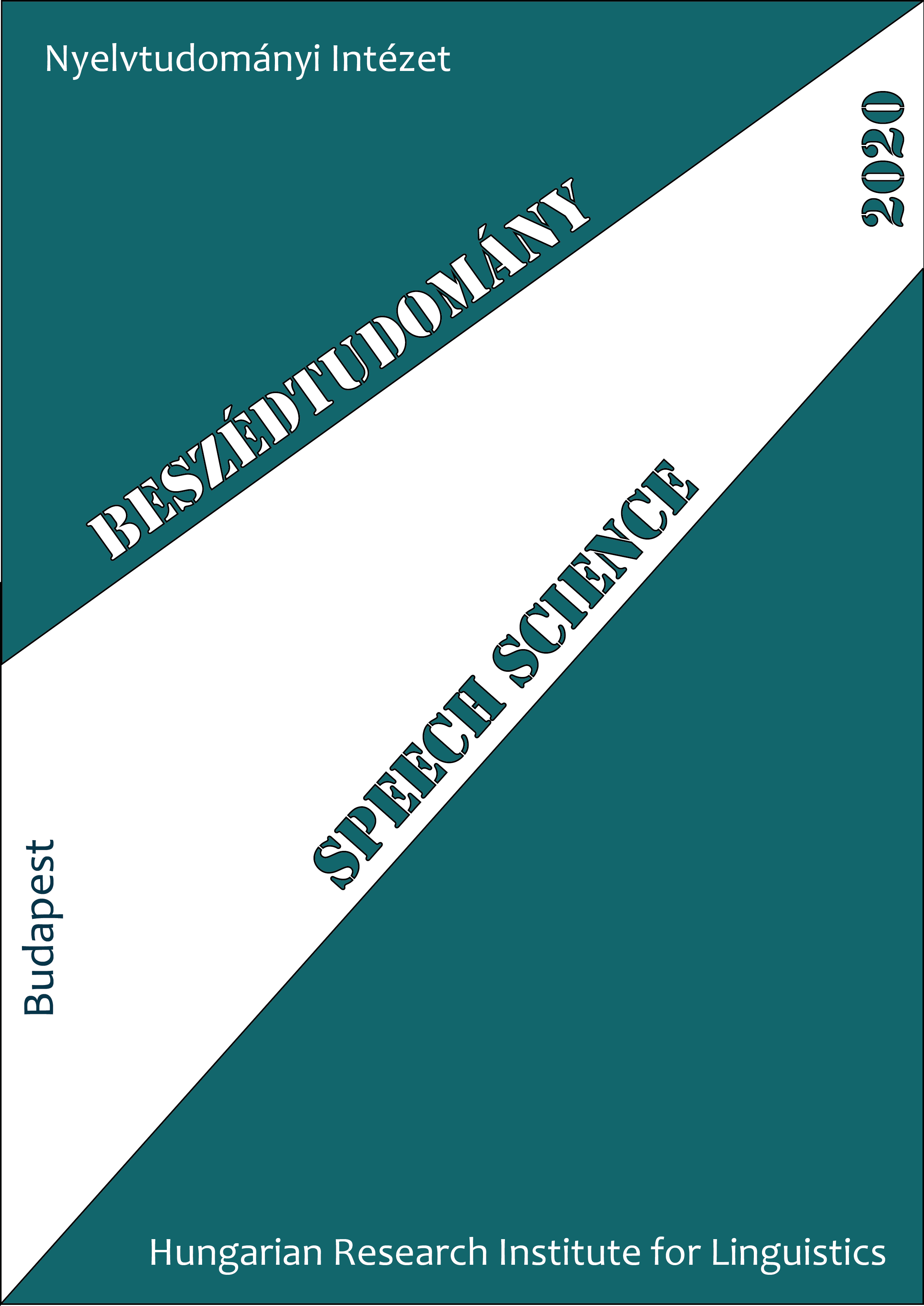A diskurzusjelölők a telefonos ügyfélszolgálati beszélgetésekben
Abstract
Type, frequency and function of discourse markers (e.g. hát „well”, jó „right”, ugye „[tag]”, szóval „so”) present important information about the text types. In this paper I show what text type dependent and independent features of discourse markers can be observed in a corpus built from call center conversations. Moreover, I also exhibit how these elements reflect unintentionally the feelings of participants and how these elements improve or deteriorate the efficiency of the communication. On the part of the operator, recording the call requires exact relaying of the information and swift problem solving, and this is aided by reformulation markers, politeness phenomena, and mitigating discourse markers. The recording of the conversation and the semi-institutional situation often makes callers uneasy, which is manifested in their searching for words, and use of disfluency phenomena and mitigating elements. Due to question–answer adjacency pairs, the use of discourse markers employed as general answer markers are frequent in the speech of both types of speakers. However, role-specific usage appears in operators using jó? to confirm, and hát as a politeness element and mitigator. Operators are required to be objective in their style and to attempt to calm
down callers besides providing the required information. Callers often start conversations with a negative attitude, and their strong emotionality, indignation, anger, and irony is clearly detectable in the discourse markers they use.




